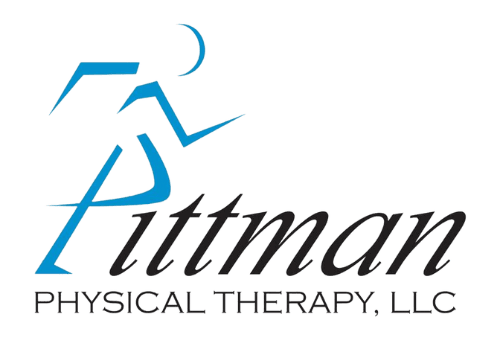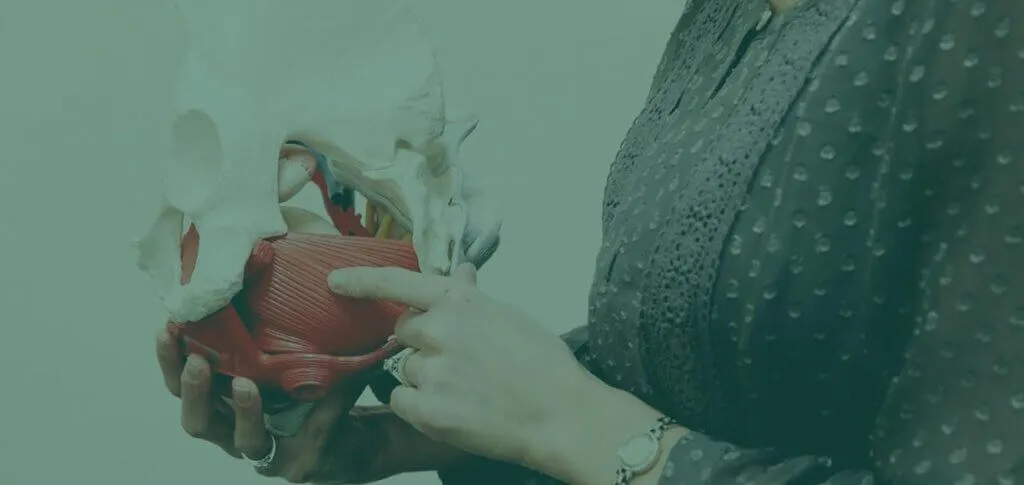Pelvic organ prolapse is when one or more pelvic organs (bladder, uterus/cervix, rectum) begin to “bulge” into the vaginal canal. Many people will feel a sense of pressure in their pelvis or describe a sense of “falling out.” Many also describe low back pain as well as various bladder/bowel symptoms.
So, why does this happen? There are many variables, but prolapse is often due to weakening of muscles, ligaments, or fascia in the pelvis because these are the structures that provide support to the pelvic organs. A trauma to the pelvic floor, nerve damage, or connective tissue laxity may be present in someone with prolapse. There is also a higher prevalence associated with vaginal birth, surgery, chronic straining/constipation, and systemic diseases.
Prolapse can also happen in people who have not given birth and occurs in both men and women. Chronic straining to have a bowel movement and breath holding can increase the pressure and stress on the pelvic floor which can also be associated with prolapse or prolapse symptoms.
Pelvic floor physical therapy can improve prolapse symptoms and may prevent the need for surgical intervention. A pelvic physical therapist can provide lifestyle modifications, strength training, pressure management techniques, as well as many other interventions to prevent worsening symptoms and help patients maintain a better quality of life.



